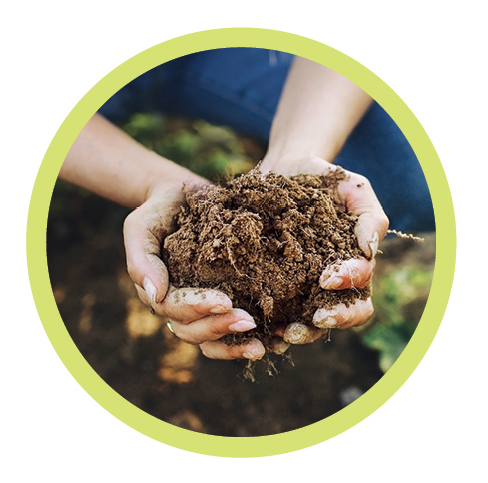 Funding and Eligible Expenses
Funding and Eligible Expenses
This competitive grant program awards selected applicants with up to $50,000 to support 3 years of enhanced soil health practices. Grant recipients will receive a portion of the funds (not to exceed 30%) upfront, with the reminder distributed annually following verification of progress.
- Funds may be used to support the implementation of conservation practices, including the purchase of equipment, to cover project staff time, and to cover research costs.
- Applicants are encouraged to rent equipment or purchase used equipment where possible.
- Labor included in application budgets must be directly related to project implementation and should not be connected to existing activities, general farm operations, or the long-term implementation of practices.